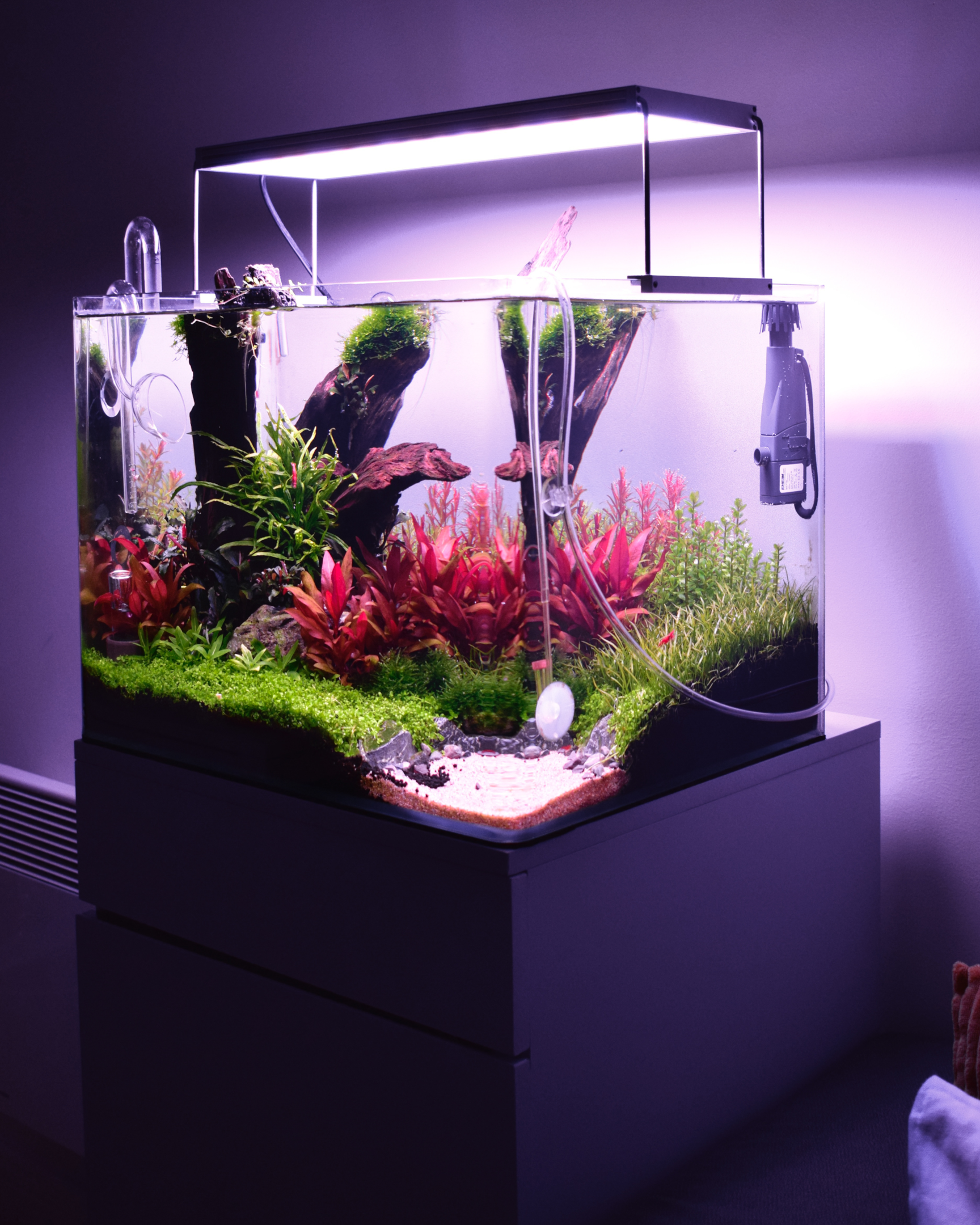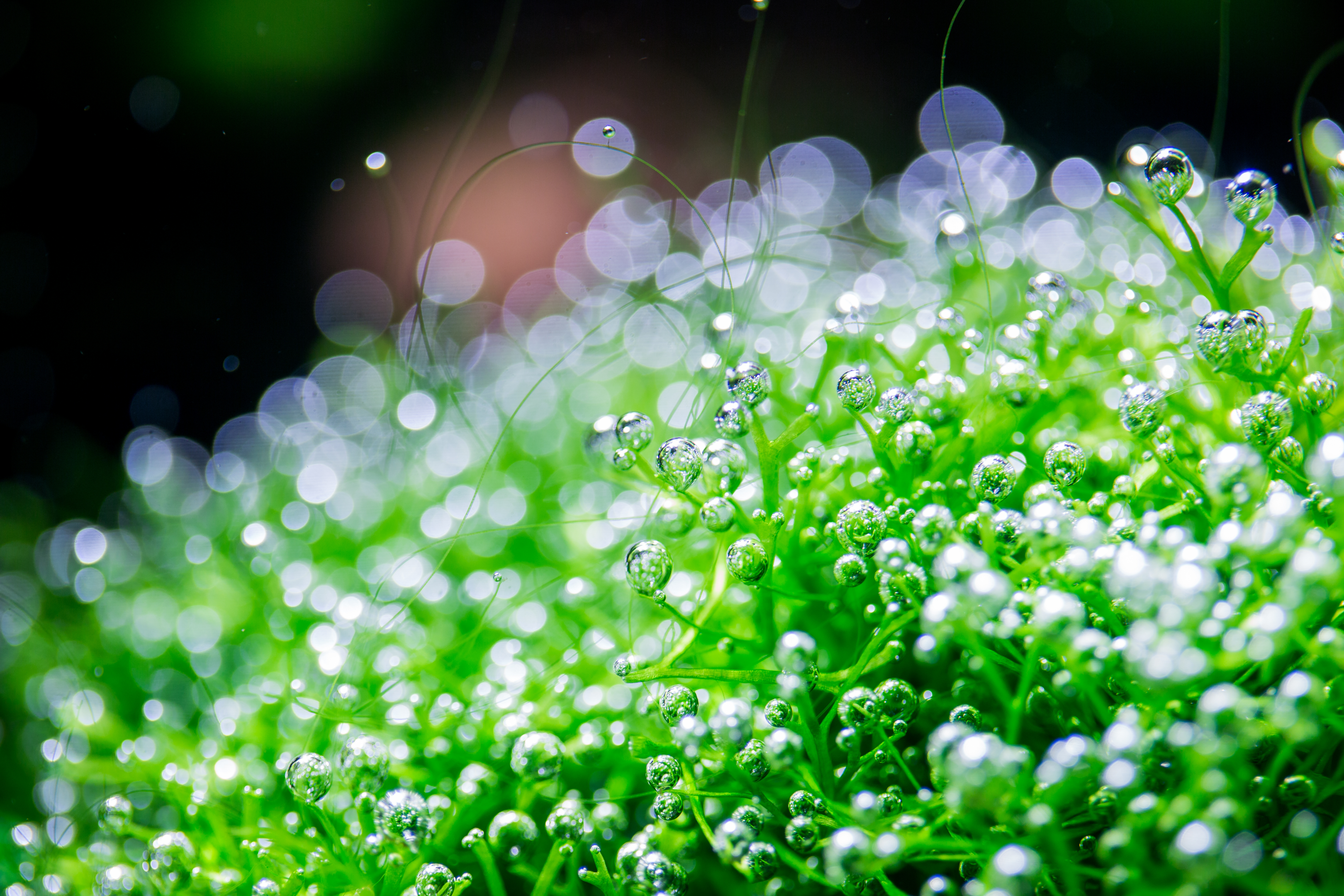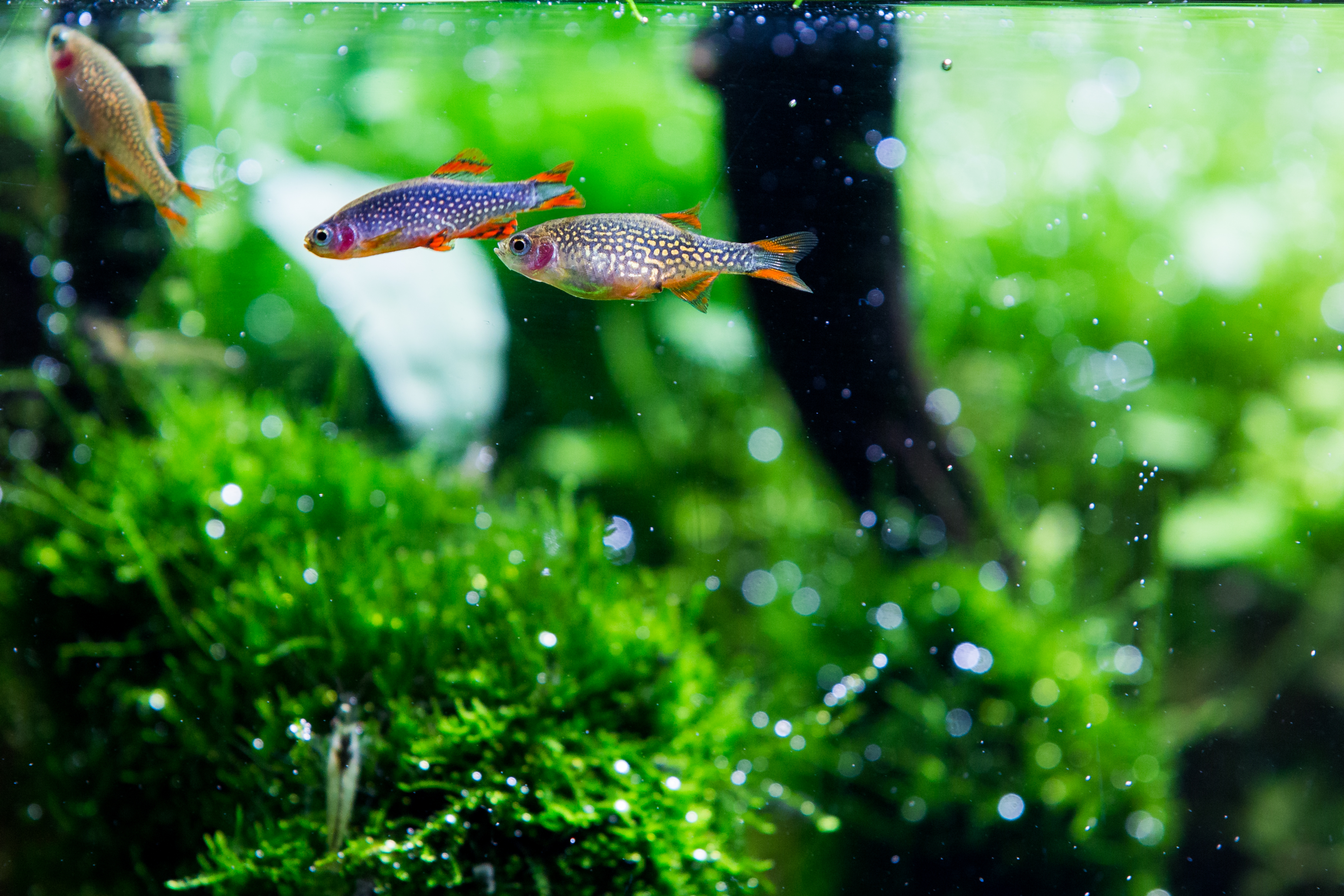Do I Need to Turn Off CO2 at Night?
This may seem like a really simple question to answer but the fact is the answer should be based on numerous variables that need to be discussed and understood. This is science and may get a bit complicated but one does not need to memorize pages of data. Data and its principles only need to be understood and applied. The answer also needs to be based on why CO2 is actually applied to the tank in the first place.
Why to use CO2?
Unlike the plants growing in natural reservoirs, aquarium plants need special care to thrive, especially those demanding. The amount of carbon dioxide in aquarium water is so low that with too much lighting, all you can expect is melting plants and algae bloom in your tank instead of the thriving underwater garden. CO2 is crucial for plants to conduct photosynthesis- the process of making their own food. Therefore, CO2 supplementation is very important in the aquarium ecosystem. Aquatic plants don't melt, grow healthy and faster. Many hobbyists ask this question: do plants release carbon dioxide at night? Do I have to put an airstone in the tank for the night period? This science will be explained in detail below.
Aquascaping has been standardized to fit a more commercial and sellable industry. CO2 canisters have been popularized as well as fixed methods of applying this gas. There are two approaches to applying CO2 in a planted tank.
Method 1
The first method is the high CO2 method. The hobbyist applies CO2 and hits the maximum level (where plants can photosynthesize and it would be safe for fish)to ensure the plants will have plenty of it. This method focuses more on plant growth. This is the commercial standardized method. Applying CO2 using a diffuser at three or more bubbles per second on small tanks would mean that all plants would have more than enough CO2 during photosynthesis. This is a very high rate of application. The method is that CO2 is turned on an hour before the lights turn on. This ensures that there will be sufficient CO2 when the lights are turned on and photosynthesis begins. Surface agitation in water should be limited to just a small vortex created by the lily pipe or the agitation brought about by the surface skimmers. This style of applying CO2 is the best method for plants that require high lighting, high nutrients and high CO2. Most carpeting plants, the red and colorful stem plants and the more unique collectible plants would do very well under this method of CO2 application.

The CO2 aquarium by Siddrah Malik powered by CO2Art Complete Kit with the Pro SE Dual Stage CO2 regulator and Inline diffuser- find it in our online store!
Photoperiod for this method takes about 8-10 hours that may or may not have a 30 minute siesta (lights off) in between. With this “pearling” is observed 2 or 3 hours after lights are turned on which is considerably sooner as other setups generally would have pearling within the 4-5 hour mark.( A quick note on pearling – If plants show pearling within an hour or a couple of hours after the lights are turned on, that is a good indicator that CO2 levels may probably be too high to be considered safe for fish). Pearling continues until the lights are turned off 8-10 hours later.

During this time (lights off) plants will cease to photosynthesize and will no longer require CO2. Without CO2 and with continued surface agitation, eventually, the dissolved CO2 unused by plants during lights on will escape into the atmosphere and more Oxygen will come in through gas exchange. This is a very good method for plants but not so good of a method for fish. Fish are subjected to daily rise in CO2 levels. The advisable level for CO2 is 25 PPM. Fish begin to show signs of distress when it reaches 30 PPM. Fish die when CO2 dissolved in water reaches 50 PPM. CO2 can also lower pH of the water and turn the water acidic. So, a planted tank’s water is acidic during the day and pH rises back up at night. More sensitive fish exposed to constant high levels of CO2 and constant fluctuations of pH has been found to have all sorts of problems. Although studies have never been published on it yet it has generally been observed that fish, the normally active ones, would generally be slower in swimming and moving around the tank. Some have been found to have their health slowly degrade. Not all fish succumb to these constant high levels though. Some may even thrive.
It would be a good practice not to put large fish in these types of setups as large fish are usually the first ones to be affected by high levels of CO2. Refrain from sensitive fish as well. A lot of hobbyists wonder why their newly introduced fish would jump out of the planted tank. Although there are numerous reasons for this such as flow and light intensity, the most common culprit would be that the water is not to the fish’s liking. The high levels of CO2 are affecting them and they try to escape from it by jumping. It can often be observed that snails would congregate on the upper portion of the tank. They would often be seen going out of the water for a while and then going back in once they start to sense that they are drying up. Shrimps would do this too. They would often get out of the water and stay on to expose driftwood and rocks. These are the tell-tale signs that the water in the planted tank is slowly killing them.

There is a very thin line between what is best for plants and what is safe for fish when it comes to CO2 supplementation. Some crossed that line and compromised their fish and other fauna without them even knowing it. Pushing for maximum levels of CO2 is rather dangerous for fish and one small mistake would definitely become a wipeout.
Method 2
The second method is more of a DIY kind. DIY yeast generators are the easiest. One would need to activate baker’s yeast in water with sugar. The yeast eats the sugar and will constantly produce CO2 in the process. The gas, although at low pressure, can be fed into the tank nonstop. This type of generator does not stop producing CO2 24/7 and so the tank will have a constant supply of the gas even when the lights are off. There shouldn’t be anything to worry about as the generator only produces about 1 to 2 bubbles per second. It is just enough for plants that do not really require intense lighting to thrive. Levels will never reach 25 to 30 PPM, yet the plants being fed by this generator do stay healthy. The fact of the matter is, CO2 requirements in plants vary with the light intensity. The stronger the light, the faster the photosynthesis, the greater the need for more CO2.

With regards to the CO2 not being shut off, one may think this will be disastrous for both fish and plants in the tank since there is a constant supply of CO2 even though at low levels. On the contrary, this type of system actually makes for a beer environment for fish as pH is constant. There is a constant supply of CO2 24/7 so the pH is not given a chance to bounce right up unlike on the first setup where there is a large amount of CO2 injected for 8-10 hours and then it suddenly stops. The CO2 levels never even rise up to even become remotely dangerous and the plants continue to thrive.
When to use method 2?
This type of setup is best for planted community tanks where far easier plants are used. This is the best method to established water ecosystem as parameters are stable day or night.
When not to use method 2?
This method does not work well with red, colorful or sensitive stem plants. They need more of light and CO2 for them to show their true beauty. They can still survive in these types of setups though but the colors and vibrance will never be as with the high-light, high-CO2 setup.
Similar setups wherein CO2 is provided 24/7. This is not a new thing. This is not the best thing as well but this would be perfect for growing plants and establishing planted community tanks.
Do you feel that there is no right answer for the question: should I turn off CO2 at night? The truth is that it is totally up to the hobbyist's purpose to use CO2 in the first place. An aquascaped, contest tank would not even have fished introduced to it until it is about me to take a photo of the tank. Time is of the essence and plant growth must be optimal. It is obvious what choice the aquascaper needs to take based on this purpose- to turn off CO2 at night. On the other hand, if the hobbyist wants to have a community tank established complete with its residence, he may want to take the second route as this is safer.
Summary
There is always a purpose behind the method and no method is perfect. There are flaws in both of them. There are advantages as well. Sooner or later, someone is going to come up with a method wherein plant health and beauty can become at their peak and fish will thrive and not be constantly in danger once a line is crossed. With each method formulated, we do take a step closer into finally emulating how nature does it but for now let us be thankful that we can finally grow thousands of varieties of plants and have thousands of varieties of fish in this hobby.



